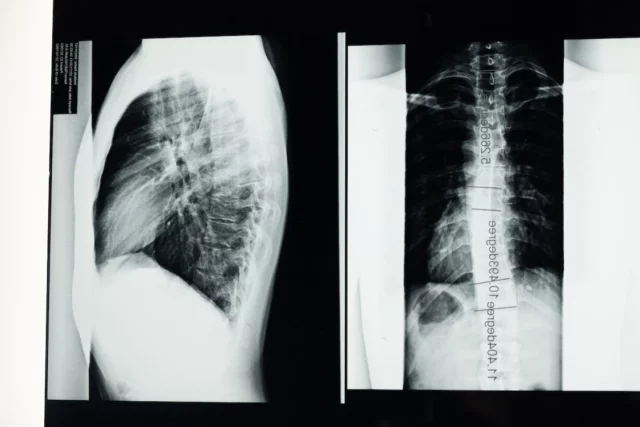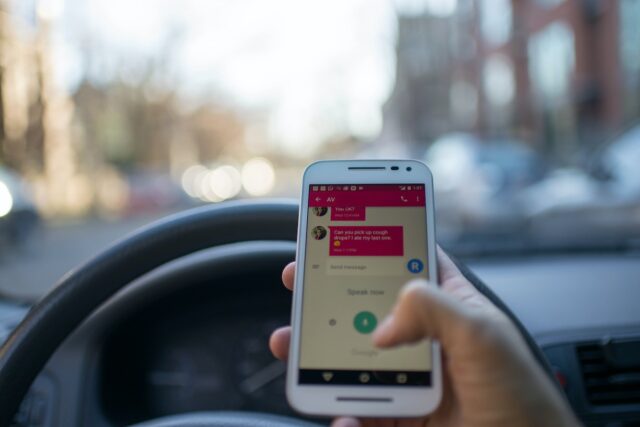
The force of the crash was so violent that the car was shoved into the embankment on the opposite end of the road. The victim of this accident spent five weeks in the hospital, suffers from brain damage, is unable to walk and cannot return to work due to his life-changing injuries. The distracted driver who caused the accident? Well, she immediately took another selfie showing her bloody face and injuries from the accident with the caption, “Lucky to be alive.”
According to the police report, the teenager was engaging in distracted driving in an incredibly dangerous way: by using Snapchat’s speed filter to track her speed while taking a selfie in an attempt to earn a “trophy” on the app. This is not the first car accident Snapchat’s speed filter has allegedly caused.
Is Snapchat Encouraging Dangerous Driving?
While Snapchat has a built-in warning in their Terms of Service saying, “Do not use our Services in a way that could distract you from obeying traffic or safety laws,” it’s safe to say that most people (or rather, most teenagers) do not read the Terms of Service agreements when they tap to download an app.
Driving at unreasonably high speeds with Snapchat’s speed filter unlocks achievements within the app, and Snapchat is aware of the fact that the filter tempts and even encourages drivers to engage in dangerous behaviors. Yet, despite the many petitions and ongoing lawsuits, Snapchat refuses to remove the speed filter from the app.
As a company that puts a product on the market, Snapchat has a duty to act within reason to take steps to eliminate all possible safety risks caused by or associated with its product. By keeping the speed filter, it can be argued that Snapchat is not fulfilling its responsibility.
Should Snapchat Be Held Responsible for Its Possible Role in Distracted Driving?
Because the videos and pictures on Snapchat disappear after a few seconds of viewing, some argue that the app requires more concentration than the average messaging app. When drivers use this app, they are taking all of their concentration away from the road and directing it toward unlocking achievements or watching other snaps that will disappear unless they give them their full attention.
While drivers are making conscious, negligent choices to engage in distracted driving, these drivers do not need the extra encouragement or temptation that Snapchat can provide.





